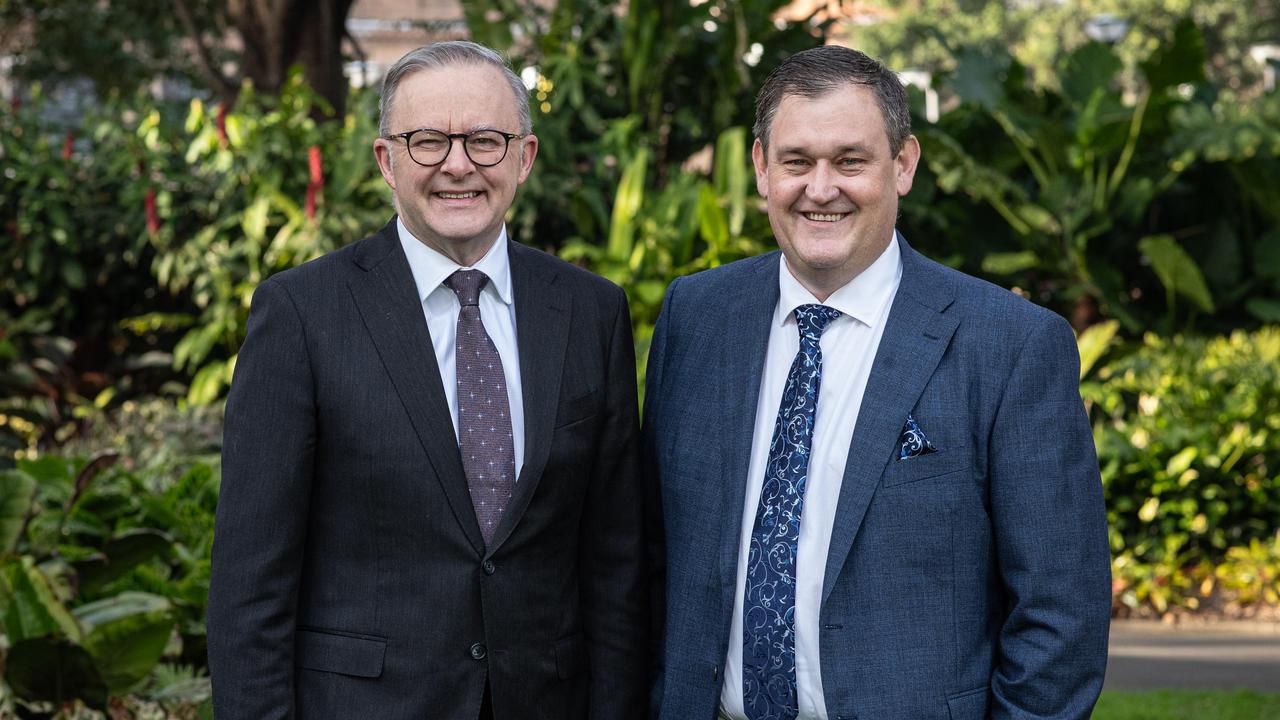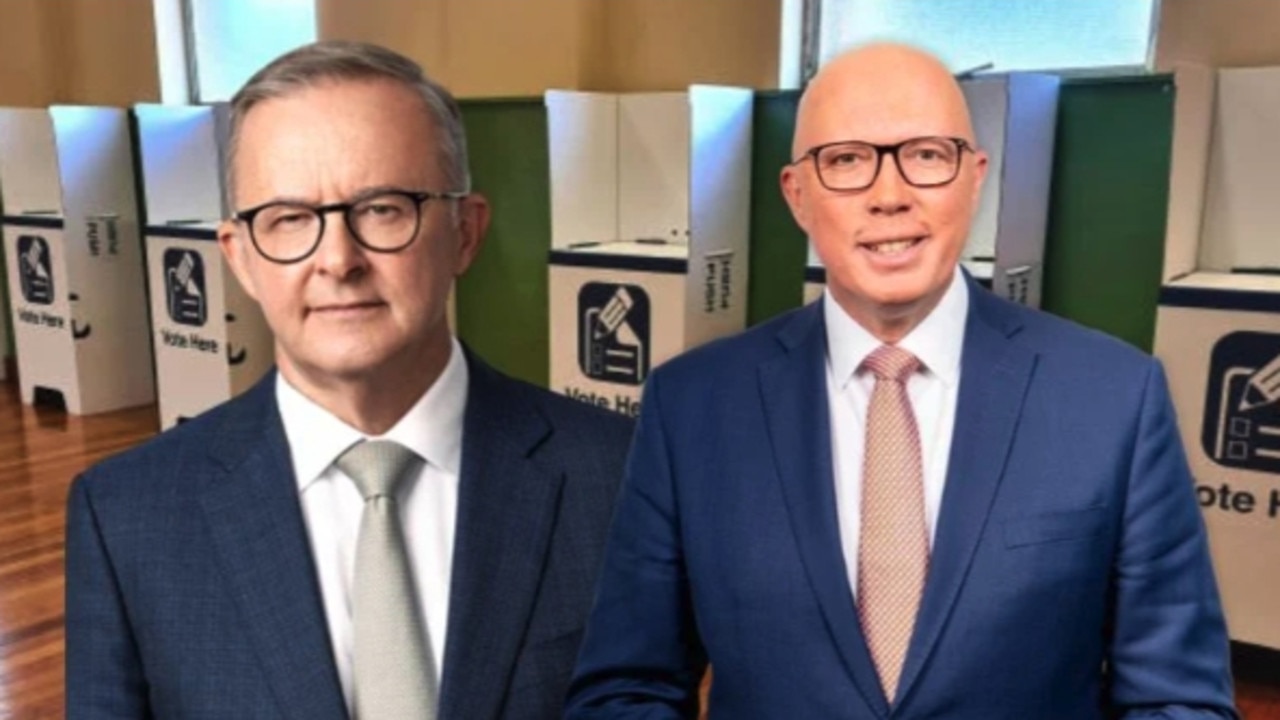Offshore wind power more than just hot air

Last year the Morrison government passed laws to enable the development of a new offshore wind industry and electricity cables, like connecting surplus Tasmanian hydro-electric power to the mainland.
Today, those laws have been brought to life with the first priority area identified to accelerate the development of offshore wind – the Bass Strait off the coast of Gippsland, Victoria.
Offshore wind can add to Australia’s clean energy supply, hedge against the limitations of solar and drive down electricity prices for businesses and consumers.
As the legislation’s safeguards require, projects in this area will be well away from populated areas, kilometres off the coast in Commonwealth waters where wind is abundant, as well as with direct connections to transmission for industry and consumers.
We are sending a clear message to investors that they can have confidence to build a new offshore wind industry in Australia that creates joules and jobs.
Offshore wind, with its higher capacity factors, can hedge against the intermittency of solar, which only functions during the day, whereas wind can function just as well, if not better, at night.
No single technology is the solution to ensure that Australia has cheap, reliable and low carbon electricity. But by using new technologies and attracting investment in new generation, we can build the capacity to hedge the risk from an over-reliance on any one source, as Europe has left itself exposed to.
There will be some opposition from green groups to any development of offshore wind. That’s no surprise.
The Australian Greens were founded to oppose the development of hydro-electric power in Tasmania and continue to oppose investment in critical minerals to extract the resources necessary to make an Australian clean tech manufacturing industry competitive.

The Greens will only support the decarbonisation of Australia’s economy through deindustrialisation, and Labor through taxation. Only the Coalition is focused on technology to build Australia’s industrial future and keep prices down.
Offshore wind offers large, year-round generation capacity. The country can’t run off it alone, but it is part of hedging risk.
Projects like Star of the South, a proposed 2GW wind farm off the coast of Gippsland, are supported by decades of scientific data from the Bureau of Meteorology which outline how offshore winds in Bass Strait are strongly linked to the days and seasons with the highest demand for electricity.
We expect the offshore electricity industry to bring new business opportunities, support new industries and create jobs in regional and coastal communities.
The Blue Economy Cooperative Research Centre estimates that the industry could create up to 8000 new jobs every year from 2030.
The International Energy Agency estimates that offshore energy could become a $1 trillion industry by 2040, generating more than 420,000TWh of energy each year. For context, that is over 18 times the current global electricity demand.
And it backs in the Morrison government’s first comprehensive, economy-wide plan to reach carbon neutrality by 2050, while continuing to secure jobs and create economic opportunities.
This plan is supported by $1.3bn of new investment in the budget to maintain energy security and keep downward pressure on electricity prices while reducing emissions.
The solution to secure supply, lower prices and cutting emissions is attracting private capital to increase generation supply, not following the Greens or Labor and constraining it. That’s why the budget includes $247m to support increased private sector investment in low emissions technologies, including hydrogen.
The List: 100 Green Power players
It also secures $148m to support more investment in affordable and reliable power, including the development of more community microgrid projects across Australia.
Such plans were realised when the Morrison government recently announced $18.75m for a highly innovative, renewable microgrid for the community in the world heritage Daintree.
States have talked the big talk on cutting emissions, but their plans to achieve a lower emissions future have been variable. They now need to follow the Commonwealth and show how they’ll back-in their rhetoric to cut emissions with actual plans, including taking advantage of the opportunities the Commonwealth provides.
The Morrison government has identified the first assessment area for offshore wind off the Australian coastline. This is real action which will help deliver affordable and lower emissions electricity.
Tim Wilson is Assistant Minister to the Minister for Energy and Emissions Reduction.






Building Australia’s clean industrial future depends on hedging energy risk to guarantee reliable, affordable electricity and cut emissions.